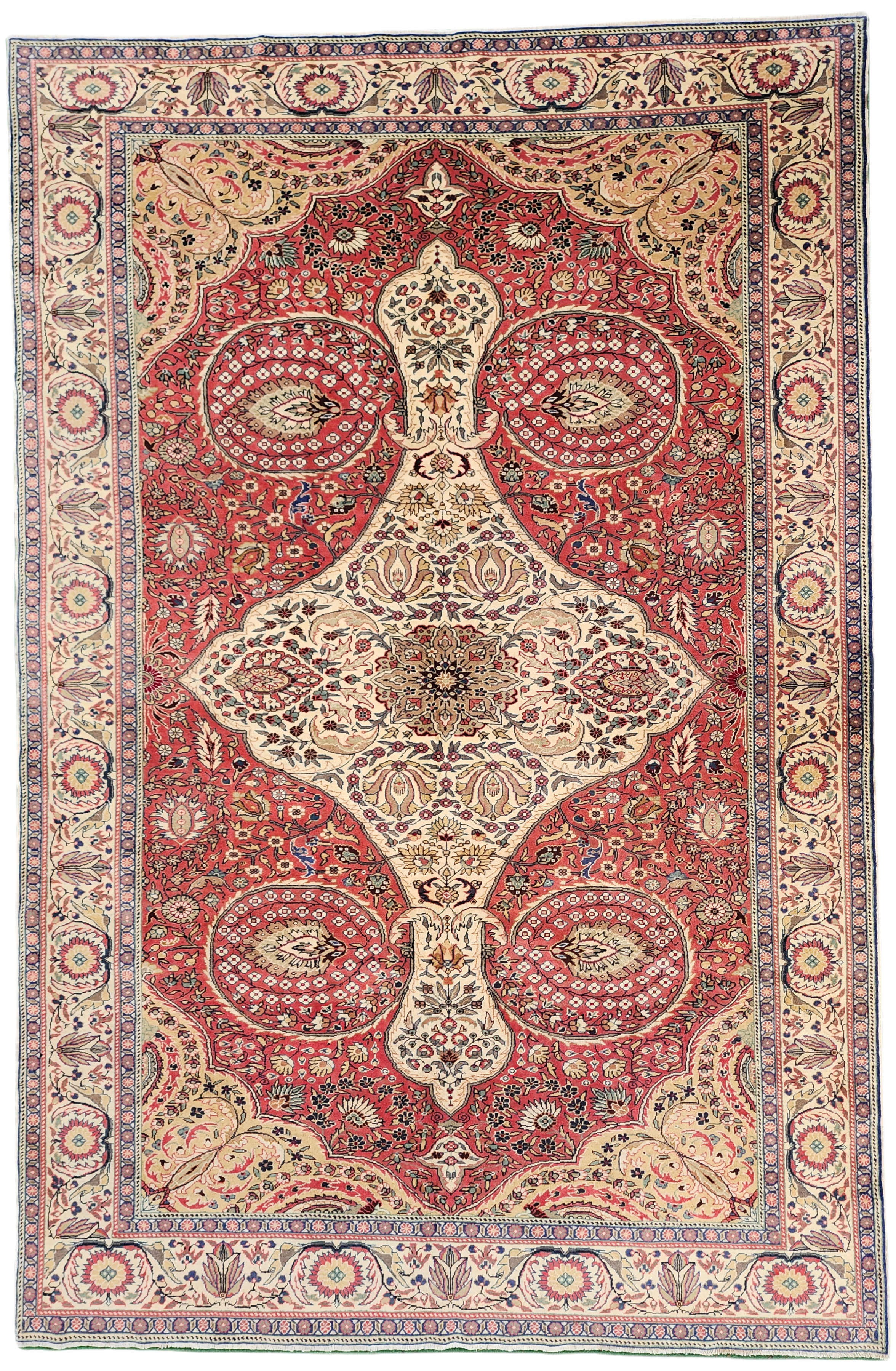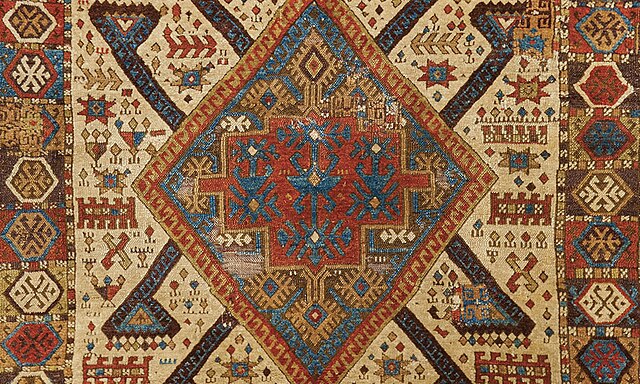
Turkish Carpet Art
Turkish carpet art is a rich and ancient tradition, deeply rooted in the history of the Turkish people, who brought this art form with them as they migrated from Central Asia to Anatolia. More than just floor coverings, these handwoven textiles are complex works of art that reflect the culture, beliefs, and daily lives of the weavers.
History and Origins
The history of Turkish carpet weaving is believed to date back to ancient Central Asia, with the oldest surviving knotted carpet, the Pazyryk carpet, attributed to the Asian Khuns (Huns) between the 3rd and 2nd centuries BC. The Turks further developed and spread this art form.
• Seljuk Period (11th-13th centuries): Turkish tribes, particularly the Seljuks, introduced advanced weaving techniques to Anatolia. Early Seljuk carpets were often large and featured bold, geometric patterns with Kufic-like borders.
• Ottoman Period (14th-20th centuries): This era saw a golden age for Turkish carpets. Production centers like Uşak and Hereke became famous for their distinct styles. While geometric patterns continued, the influence of court art brought more elaborate floral and curvilinear designs, especially in palace carpets. These carpets became prized possessions in Europe, often depicted in Renaissance paintings by artists like Holbein and Lotto.
• Modern Era: The tradition continues today, with weavers in various regions preserving ancient techniques and motifs, while also adapting to contemporary tastes.
Key Features and Techniques
Turkish carpets, or "halı" (knotted pile rugs) and "kilim" (flat-woven rugs), are distinguished by several key characteristics:
• The Turkish Knot: Known as the Gördes or symmetrical double knot, this technique is a hallmark of Turkish carpet art. The yarn is looped around two warp threads, creating a more durable, dense, and firm pile compared to the asymmetrical Persian knot.
• Natural Dyes: Traditionally, weavers used natural dyes extracted from plants (like madder root for red, indigo for blue), insects, and minerals. This results in the rich, earthy, and vibrant color palettes that are characteristic of Turkish rugs.
• Wool: The primary material for most carpets is sheep's wool, which is valued for its durability, softness, and ability to hold color. Silk and cotton are also used, particularly in the finer Hereke carpets.
• Regional Styles: The art form is incredibly diverse, with different regions of Anatolia producing unique styles. Examples include:
o Uşak: Known for large, intricate medallion and star patterns with a softer color palette.
o Bergama: Features deep colors and large-scale geometric designs, often with octagonal medallions.
o Hereke: Famous for exceptionally fine, high-quality silk carpets with intricate floral designs, often made for the Ottoman court.
o Yörük: Characterized by thick, coarse wool, vibrant colors, and bold geometric patterns, reflecting the nomadic lifestyle of the Yörük tribes.
Motifs and Symbolism
The motifs on Turkish carpets are not merely decorative; they are a visual language, each with a specific meaning or purpose. These symbols often tell a story, express a wish, or serve as a protective talisman.
• Elibelinde (Hands on Hips): A stylized female figure symbolizing fertility, motherhood, and abundance.
• Koçboynuzu (Ram's Horn): Represents masculinity, strength, heroism, and power.
• Hayat Ağacı (Tree of Life): A universal symbol of eternity, rebirth, and the connection between the earth and the heavens.
• Muska (Amulet) and Nazar Boncuğu (Evil Eye): Triangular or eye-shaped motifs woven into the carpet to ward off the evil eye and negative energy.
• Pıtrak (Burdock): A thorny plant believed to protect against the evil eye, also symbolizing abundance.
• Yıldız (Star): Often an eight-pointed star, it can symbolize happiness, fertility, and spiritual enlightenment.
• Su Yolu (Waterway): Represents life, vitality, purity, and renewal.
Turkish carpet art is a living testament to centuries of tradition, skill, and cultural expression. Each carpet is a unique piece of history, carrying the stories and beliefs of its weaver within its intricate patterns and vibrant colors



Leave a comment
This site is protected by hCaptcha and the hCaptcha Privacy Policy and Terms of Service apply.